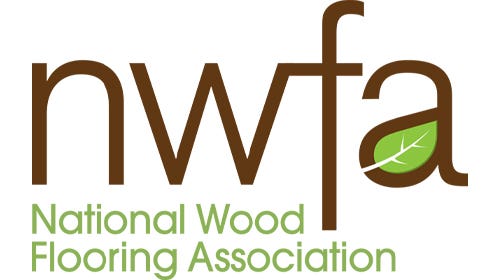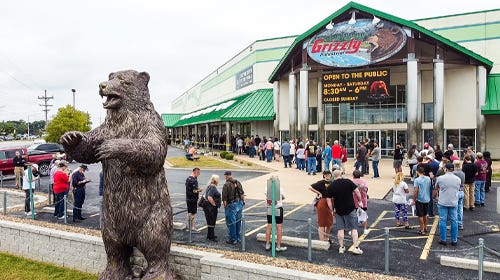Jatoba starts to lose some of its luster
Jatoba was first imported to the United States from Brazil about 20 years ago, and at the time the new exotic was popular among furniture makers. Through subsequent years, the…
Jatoba was first imported to the United States from Brazil about 20 years ago, and at the time the new exotic was popular among furniture makers. Through subsequent years, the reddish-brown heartwood with an occasional golden luster has become a commodity wood, most often used for flooring.
{loadposition position10}
Jatoba is hard, heavy and dense (.91 specific gravity) and with the combination of its beautiful color and hardness is a perfect flooring wood. The one main problem - as is common with many exotic woods - is that the quality has gone downhill in recent years, while the price has increased. Additionally, some dealers are trying to pass off inferior species as jatoba.
"Jatoba is sometimes called Brazilian cherry, which is misleading in my opinion because it isn't at all," says Mitch Talcove, owner of Tropical Hardwoods of Latin America in Carlsbad, Calif. "What happens with the flooring industry is that they come up with these woods that nobody has imported before and they get it cheap. Then some idiot over here calls it a rosewood, puts a name on it, which has absolutely nothing to do with what the reality is. They do it just to sell it. It's a con job.
"There are four or five woods that they bring in as jatoba. The one we know of as jatoba is the blood-red-colored one. I've sent more things back because it wouldn't match with what we had."
"The reason they called it Brazilian cherry was a marketing ploy to get the stuff sold in the U.S., primarily by the flooring industry," says Fabs Cote of Cormark International in Weaverville, N.C. "The flooring industry thought, Hey, we're not going to sell flooring called jatoba, but if we call it Brazilian cherry, people will say, cherry, oh wow, cherry out of Brazil."
Jatoba (Hymenaea courbaril) is also known as courbaril, jutahy and South American locust. It grows in Central America, South America and the West Indies. Most of the jatoba sold in the United States comes from Brazil. The trees reach heights of 70' to 125' with trunk diameters of up to 6' wide. The bole is typically free of branches from 50' to 70'.
"Jatoba came into the country around 15 to 20 years ago and then, when the construction boom hit, they turned it into a commodity for flooring," says Matt Westmoreland of World Timber Corp., a wholesaler in Hubert, N.C. "It was as common as red oak. And when that happened, it was kind of like what African mahogany is now; all the big boys jumped into the business and brought in truckload after truckload. They compete against each other and try to sell large amounts of it ... one guy will sell it for a nickel cheaper than the next guy. Since the housing market had its crash and construction has crashed, I would imagine they are not selling nearly as much as they were four or five years ago."
Jatoba's working characteristics are marginal at best. The drying process has to be slow and deliberate to avoid checking and warping. The wood doesn't accept nails very well, screws a bit better, gluing is fair and staining is OK. Jatoba is difficult to machine and the grain is often interlocked.
"It's dense, hard to glue, tough to screw stuff into; it's a hard wood," Cote adds. "The reason it is so popular is because of the driving force in flooring. It's great for flooring because it is so durable."
The consensus among lumber dealers interviewed by Woodshop News is that finding quality jatoba flooring is more difficult than it once was.
"The difference between the grade of flooring three years ago and what I put in my house during the early 90s is incredibly [inferior]," says Myles Gilmer, owner of Gilmer Wood Co. in Portland, Ore. "There's not as much supply as there was, but then again you get these cheap flooring outfits who are flooding the market with all these funky species [like] Santa Maria that have usurped the position of jatoba and the flooring business because they are so much cheaper."
Other than flooring and stair treads, uses for jatoba include some furniture and cabinetry, tool handles, boatbuilding, turnery and decorative veneer. The bark produces a light resin known as copal, which is an ingredient in many varnishes and paints and is also used in some traditional medicinal practices.
Jatoba retails between $7 and $9/bf, depending on the quality.
For information on wood properties and species information, visit the U.S. Forest Service Forest Products Laboratory's Web site: www2.fpl.fs.fed.us.
This article originally appeared in the August 2010 issue.







